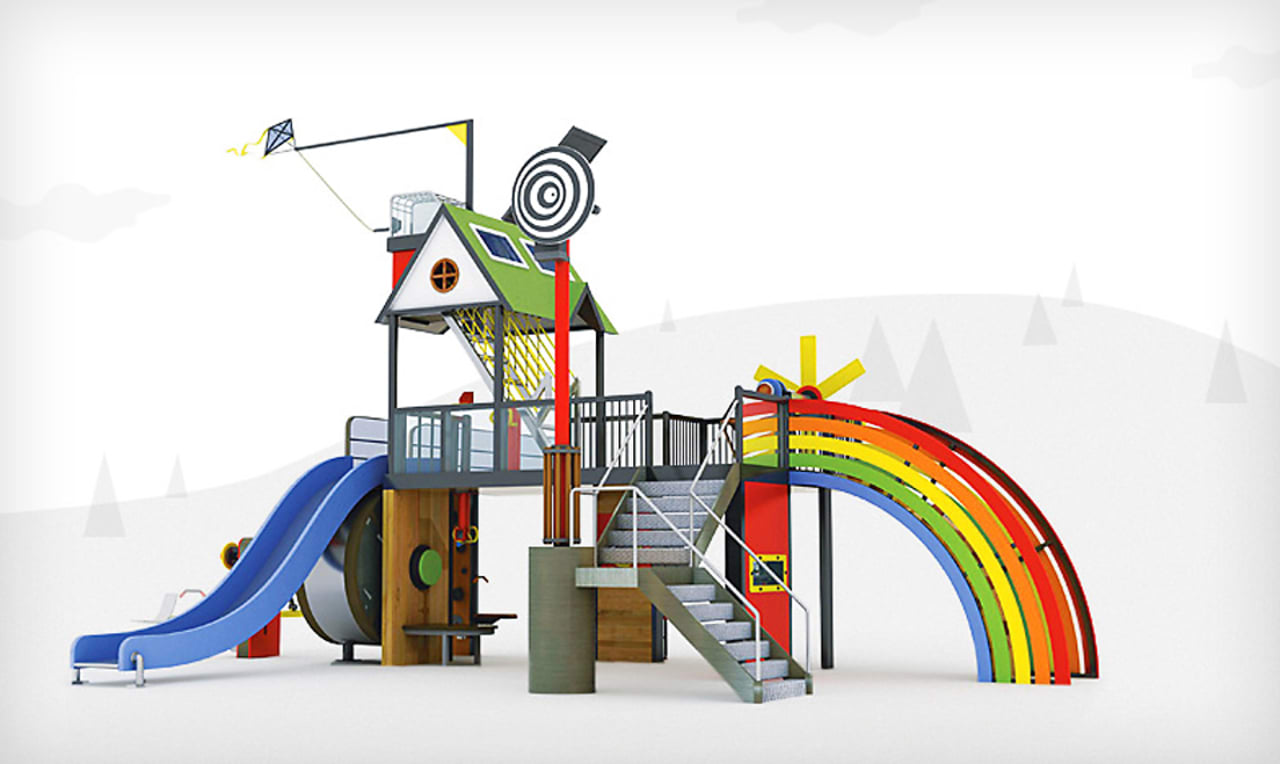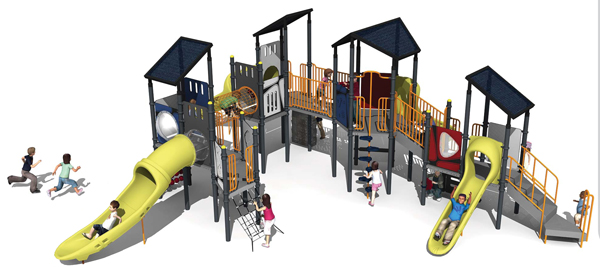A Global Playground: Exploring the Future of Children’s Games in 2025
Related Articles: A Global Playground: Exploring the Future of Children’s Games in 2025
Introduction
In this auspicious occasion, we are delighted to delve into the intriguing topic related to A Global Playground: Exploring the Future of Children’s Games in 2025. Let’s weave interesting information and offer fresh perspectives to the readers.
Table of Content
A Global Playground: Exploring the Future of Children’s Games in 2025

The world of children’s games is constantly evolving, driven by technological advancements, changing cultural landscapes, and an ever-growing desire for immersive and engaging experiences. As we approach 2025, a new era of play is emerging, one that transcends geographical boundaries and fosters a sense of global interconnectedness. This evolution is characterized by the rise of "around the world" games, digital and physical experiences that connect children from diverse backgrounds, fostering cultural exchange, collaboration, and a deeper understanding of our shared planet.
The Rise of Global Play:
The concept of "around the world" games is not entirely new. Traditional games like hopscotch, hide-and-seek, and tag have been played globally for centuries, transcending language barriers and cultural differences. However, the advent of the internet and the widespread accessibility of technology has revolutionized the way children play, creating new opportunities for cross-cultural interaction and shared experiences.
These modern "around the world" games take advantage of the interconnectedness of the digital world, allowing children to connect with peers from different countries, cultures, and backgrounds. This virtual playground fosters a sense of global citizenship, encouraging children to learn about diverse perspectives, traditions, and values.
Types of "Around the World" Games:
The landscape of "around the world" games is diverse, encompassing a range of formats and experiences. Some prominent examples include:
- Virtual World Games: Platforms like Roblox, Minecraft, and Fortnite provide virtual spaces where children from across the globe can interact, collaborate, and play together. These games often feature diverse settings, characters, and cultural elements, encouraging players to learn about different cultures through play.
- Educational Games with Global Themes: Games like "National Geographic Kids: Around the World" or "The World of Animals" engage children in learning about geography, history, and diverse cultures through interactive gameplay and educational content.
- Collaborative Online Projects: Platforms like Scratch or Google Classroom enable children to collaborate on creative projects, such as storytelling, animation, or music composition, with peers from around the world. These projects encourage teamwork, communication, and understanding across cultural divides.
- Real-World Adventures: Organizations like "Global Kids" and "World Wide Opportunities on Organic Farms (WWOOF)" offer opportunities for children to participate in real-world experiences, such as volunteering on farms, exploring different cultures, and learning about global issues.
Benefits of "Around the World" Games:
The benefits of "around the world" games extend beyond mere entertainment. These experiences offer a unique opportunity for children to develop crucial skills and perspectives:
- Cultural Understanding: By interacting with children from diverse backgrounds, players gain a deeper understanding of different cultures, traditions, and perspectives. This exposure fosters empathy, tolerance, and appreciation for the richness of human diversity.
- Language Development: Many "around the world" games involve communication and collaboration, encouraging children to learn new languages or expand their existing language skills. This exposure to diverse languages promotes linguistic flexibility and enhances communication skills.
- Global Citizenship: These games foster a sense of global citizenship, encouraging children to recognize their role in a global community and understand the interconnectedness of our world. This awareness promotes a sense of responsibility and a desire to contribute to a better future for all.
- Problem-Solving and Critical Thinking: Collaborative games often require players to work together to solve problems and overcome challenges, developing their critical thinking skills, problem-solving abilities, and teamwork skills.
- Creativity and Imagination: "Around the world" games often encourage children to think outside the box, explore new ideas, and express their creativity through diverse mediums. This fosters imagination, innovation, and a sense of wonder.
Challenges and Considerations:
While "around the world" games offer numerous benefits, it is crucial to acknowledge potential challenges and consider ethical implications:
- Digital Divide: Access to technology and internet connectivity remains a significant barrier for many children, particularly in developing countries. This digital divide can limit participation in online "around the world" games and perpetuate existing inequalities.
- Cybersecurity and Safety: Online platforms require robust cybersecurity measures to protect children from online predators, cyberbullying, and inappropriate content. Parents and educators need to be vigilant and provide guidance to ensure a safe and positive online experience.
- Cultural Sensitivity: Developers and educators must be mindful of cultural sensitivities and avoid perpetuating stereotypes or harmful representations. Games should reflect the diversity of human experiences and promote understanding and respect across cultures.
- Language Barriers: Communication can be a challenge in games with players from different language backgrounds. Developers need to consider incorporating translation tools, multilingual interfaces, or using visual cues to facilitate communication and understanding.
- Balance and Moderation: While "around the world" games offer valuable learning opportunities, it is essential to promote balance and moderation in screen time. Children should engage in a variety of activities, including physical play, outdoor exploration, and social interaction offline.
FAQs about "Around the World" Games:
Q: How can parents and educators encourage children to participate in "around the world" games?
A: Parents and educators can encourage participation by:
- Introducing children to diverse games and platforms.
- Providing access to technology and internet connectivity.
- Creating opportunities for online and offline collaboration with peers from different backgrounds.
- Facilitating discussions about cultural differences and global issues.
- Promoting critical thinking and responsible online behavior.
Q: What are some strategies for addressing language barriers in "around the world" games?
A: Strategies for addressing language barriers include:
- Using visual cues and gestures.
- Incorporating translation tools and multilingual interfaces.
- Encouraging players to learn basic phrases in each other’s languages.
- Creating games that rely on nonverbal communication and collaboration.
Q: How can "around the world" games be used to promote cultural understanding and empathy?
A: "Around the world" games can promote cultural understanding and empathy by:
- Featuring diverse characters, settings, and storylines.
- Encouraging players to learn about different cultures and traditions.
- Facilitating discussions about cultural differences and perspectives.
- Promoting collaboration and teamwork across cultural divides.
Tips for Creating Effective "Around the World" Games:
- Focus on Universal Themes: Games should address universal themes that resonate with children across cultures, such as friendship, adventure, creativity, and problem-solving.
- Incorporate Diverse Perspectives: Include characters, stories, and gameplay elements that reflect the diversity of human experiences and celebrate different cultures.
- Encourage Communication and Collaboration: Design games that require players to communicate, collaborate, and work together to achieve common goals.
- Promote Critical Thinking and Problem-Solving: Include challenges and puzzles that encourage players to think critically, solve problems, and develop strategic thinking skills.
- Ensure Accessibility and Inclusivity: Make games accessible to children from diverse backgrounds, including those with disabilities, by providing language options, subtitles, and adaptive controls.
Conclusion:
The future of children’s games is characterized by a growing emphasis on global interconnectedness and cultural exchange. "Around the world" games offer a unique opportunity for children to learn, grow, and connect with peers from diverse backgrounds, fostering cultural understanding, global citizenship, and a deeper appreciation for the richness of our shared planet. As technology continues to evolve, we can expect to see even more innovative and engaging "around the world" games that bridge geographical boundaries and create a global playground for children to explore, learn, and connect. By embracing the potential of these games, we can empower children to become responsible citizens of the world, fostering a future where collaboration, empathy, and understanding prevail.








Closure
Thus, we hope this article has provided valuable insights into A Global Playground: Exploring the Future of Children’s Games in 2025. We hope you find this article informative and beneficial. See you in our next article!